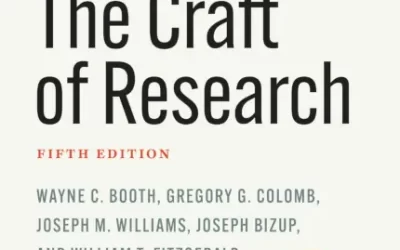So you’ve researched the benefits of discoverability and decided you’re ready to explore including your journal in one or more indexes. Knowing where to begin can sometimes be the most daunting part. The first thing you’ll need to decide is which indexes you will target. Here are a few things to consider when determining where your title may best fit.
Scope: While some of the larger indexes are multidisciplinary, more often an index will be subject-area specific (whether broadly or more specialized). Just as your journal may decline articles outside of the journal’s scope, so too will indexes. Before deciding where to apply, know which databases are most relevant to your readership, especially if your journal is a niche publication.
Access: Consider how much access to data you and your publisher are willing to share. Will you prioritize indexes that provide access to the full article or those that only provide abstracts and/or titles?
Fees: The application and processing fee will vary from index to index, as will the upkeep costs to feed deliverables to the index. This should be factored into the journal’s budget.
Another major consideration is going to be requirements for inclusion. The specific requirements will vary, but in general indexes will review the following:
- Peer review process: Do you have a website and online submission platform that are easily accessible? Is the submission process author friendly? Do you have clear and informative author guidelines available, including details of your peer review process?
- Workflow structure: Are the journal’s ethical policies clearly stated and readily available? Is the editorial board diverse, and is the board’s role clearly defined?
- Content: Are you regularly publishing high-quality content? Does your journal have an ISSN? Are the published articles clearly written (i.e., is there language editing)? You should have no less than two years of published issues before applying to indexes.
- Timeliness: Are articles published in a timely manner from submission? Are your issues consistently published with no gaps?
Recently, Web of Science started an initiative to be more transparent and provide formal criteria for their evaluation process. This includes a graphic displaying the 28 criteria across the three stages as well as a brief statement describing each criterion. Scopus provides their evaluation criteria as well but with fewer explanations than Web of Science. Even if you are not applying to Web of Science, theirs is a very helpful site as many of the criteria overlap with other indexes. Requirements vary for PubMed based on if you are targeting Medline, PubMed, or PubMed Central. They’ve provided clear guidelines on how they’re different to assist in your decision-making.
Remember that the success rate is low on first attempts to be included in an index (around 10% for Web of Science and 50% for Scopus) and response rates can be slow (from several months to years). So choose an index carefully, thoroughly review their specific requirements, and be overly prepared. Do ample research on requirements BEFORE submission so as to not lose one of your attempts over a minor error.
Even beyond ensuring that you’ve included all of the required elements, you must also be sure everything is properly formatted. For example, when applying for PubMed, there are minimum data criteria guidelines, with specific file names, extensions, and data packages that must be used. Failure to adhere to these will result in the loss of an attempt during initial triage, even before the committee reviews any content or provides feedback.
Next month in Part III, we will discuss the most common reasons journals are declined by an index and the lessons learned to ensure success on additional attempts. Has your experience with the indexing process been similar or drastically different? We would love to hear about your personal examples in the comments section!
NOTE: Technica Editorial does not recommend one index over another and this is not an exhaustive list of indexes or requirements. All information is provided for educational purposes only. We recommend additional research on applicable indexes and would be happy to assist in doing so.




